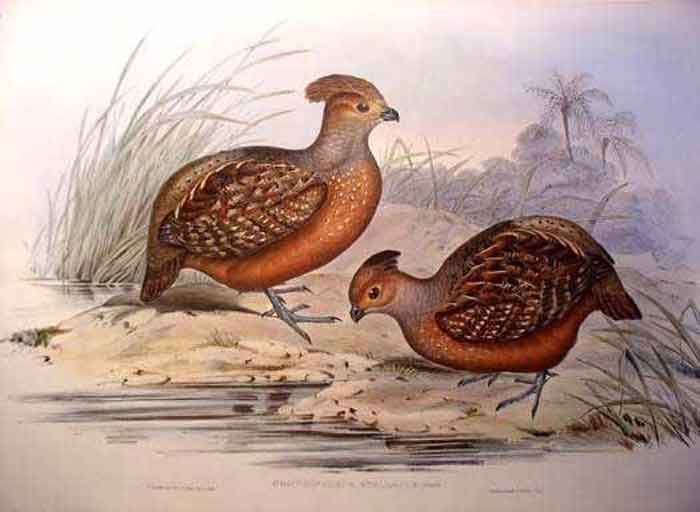
Superregnum: Eukaryota
Cladus: Unikonta
Cladus: Opisthokonta
Cladus: Holozoa
Regnum: Animalia
Subregnum: Eumetazoa
Cladus: Bilateria
Cladus: Nephrozoa
Superphylum: Deuterostomia
Phylum: Chordata
Subphylum: Vertebrata
Infraphylum: Gnathostomata
Megaclassis: Osteichthyes
Cladus: Sarcopterygii
Cladus: Rhipidistia
Cladus: Tetrapodomorpha
Cladus: Eotetrapodiformes
Cladus: Elpistostegalia
Superclassis: Tetrapoda
Cladus: Reptiliomorpha
Cladus: Amniota
Classis: Reptilia
Cladus: Eureptilia
Cladus: Romeriida
Subclassis: Diapsida
Cladus: Sauria
Infraclassis: Archosauromorpha
Cladus: Crurotarsi
Divisio: Archosauria
Cladus: Avemetatarsalia
Cladus: Ornithodira
Subtaxon: Dinosauromorpha
Cladus: Dinosauriformes
Cladus: Dracohors
Cladus: Dinosauria
Cladus: Saurischia
Cladus: Eusaurischia
Subordo: Theropoda
Cladus: Neotheropoda
Cladus: Averostra
Cladus: Tetanurae
Cladus: Avetheropoda
Cladus: Coelurosauria
Cladus: Tyrannoraptora
Cladus: Maniraptoromorpha
Cladus: Maniraptoriformes
Cladus: Maniraptora
Cladus: Pennaraptora
Cladus: Paraves
Cladus: Eumaniraptora
Cladus: Avialae
Infraclassis: Aves
Cladus: Avebrevicauda
Cladus: Pygostylia
Cladus: Ornithothoraces
Cladus: Ornithuromorpha
Cladus: Carinatae
Parvclassis: Neornithes
Cohors: Neognathae
Cladus: Pangalloanserae
Cladus: Galloanseres
Ordo: Galliformes
Familia: Odontophoridae
Genus: Odontophorus
Species: Odontophorus stellatus
Name
Odontophorus stellatus (Gould, 1843)
References
Proceedings of the Zoological Society of London (1842) Pt10 no.119 p. 183
Vernacular names
English: Starred Wood-quail
svenska: Stjärntandvaktel
The starred wood quail (Odontophorus stellatus) is a species of bird in the family Odontophoridae (New World quail). It is found in subtropical or tropical moist lowland forests of Bolivia, Brazil, Ecuador, and Peru.
Description
The starred wood quail is between about 24 and 28 cm (9.4 and 11.0 in) long, males being slightly larger than females. The bill is blackish, the irises brown and the legs grey, and the long feathers on the back of the head form a pronounced crest, reddish-brown in the male and brownish-black in the female. Other than this, the sexes are very similar in appearance; the front of the crown is dark brown and the rest of the head, neck, throat and mantle is grey. The general colour of the upper parts is olive-brown, marked with darker vermiculations, paler on the rump and darker on the wings and scapulars, with large black markings on the flight feathers and pale speckling on the wing coverts. The underparts are reddish-brown with white speckling on the sides of the breast and dark barring near the vent. The juvenile is similar but has an orange or reddish bill.[2]
Ecology
A retiring and elusive bird, its presence in an area is disclosed by its distinctive two-syllable call, korkorralo, korkorralo, korkorralo, which it utters repeatedly at dusk. The birds form coveys of five to eight and cross open ground in single file, keeping close to dense cover into which they can run if disturbed.[2] They forage through the leaf litter for invertebrates and fruits. Little is known about their breeding habits.[2]
Distribution
The species is native to eastern Ecuador, much of Peru, western Brazil and northern Bolivia. It is typically found in moist lowland forests, including terre firme forests, flooding areas and transitional areas, below about 1,050 m (3,445 ft) (lower in Ecuador).[2]
Status
O. stellatus has a very wide distribution and is common in at least part of its range.[2] The total population is thought to be declining but not at a sufficiently fast rate as to warrant putting the bird in a threatened category, so the International Union for Conservation of Nature has assessed its conservation status as being of "least concern".[1]
References
BirdLife International (2016). "Odontophorus stellatus". IUCN Red List of Threatened Species. 2016: e.T22679698A92825070. doi:10.2305/IUCN.UK.2016-3.RLTS.T22679698A92825070.en. Retrieved 17 November 2021.
McGowan, Phil; Madge, Steve (2010). Pheasants, Partridges & Grouse: Including buttonquails, sandgrouse and allies. Bloomsbury Publishing. p. 411. ISBN 978-1-4081-3566-2.
Retrieved from "http://en.wikipedia.org/"
All text is available under the terms of the GNU Free Documentation License

